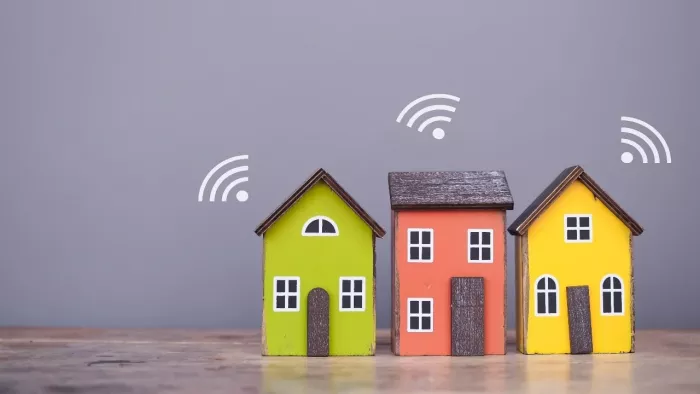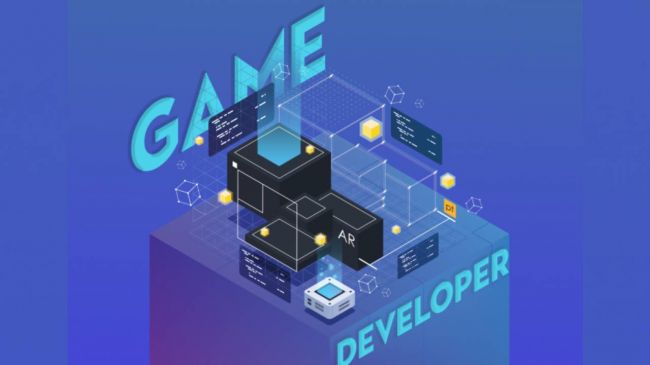The internet needs no introduction. There's no need to talk about how useful it is at home and on the road (one word: maps). There's also no need to lament how dangerous it can be…yet, sometimes thinking about the digital footprint of the next generation can be mind-blowing. Some kids as young as two years old already have an internet presence.
For those who have grown up with the internet, a slow awareness of cyber threats like identity theft, data concerns, and online scams has become common knowledge. The string of recent headlines about successful hacking campaigns and massive data breaches against major companies has been a wake-up call to how quickly these threats are escalating.
While large enterprises typically have protocols in place, smaller family-run businesses often overlook safety basics that extend from work to home life. For families managing home offices or hybrid setups, resources like this guide on small business safety compliance can also be surprisingly relevant when applied to household digital hygiene.
Keeping Devices Safe at Home

For most, home is a place of comfort and safety. That same sentiment should apply to online spaces, too. A strong cybersecurity foundation starts within the walls of your house.
Most families set up their router and then never think about it again. But actually, a much healthier cybersecurity practice would be to change those default settings. Additionally, always create a strong network password for home routers and, if possible, opt for WPA3 encryption. If there is an option to set up separate guest networks, it’s a good idea to do so. You never know what your guests may have on their devices, and keeping the main network private can reduce the risk of accidental exposure.
All home devices should have their unique security settings enabled. That includes smart TVs, security cameras, and voice assistants. Turning off unnecessary features like location tracking and voice data storage is generally a good idea.
Always, always, always keep software updated. Outdated apps and operating systems are particularly susceptible to cyberattacks. Unpatched vulnerabilities in a system are easy access points for hackers. Setting up automatic updates is an almost foolproof way to make sure devices always have the latest updates. Patched software will often download as you sleep.
Consider investing in antivirus software for home devices. The cost/benefit assessment of a service that can help identify, block, and eliminate potential malware injection attempts pays off in the long run. It’s always better to catch threats before they become major issues.
Parental Controls
Parental controls are an excellent way to block, filter, limit, or monitor what children can access online. There are various ways to set up parental controls.
- At the network level—some routers are created with families in mind. They allow built-in parental controls that restrict internet access for specific devices.
- On the individual level—laptops, smartphones, tablets, gaming consoles, and smart TVs have various settings for young users.
- Through platforms and services—social media platforms and streaming services offer specific privacy settings and certain content restrictions for kids and teens.
- Using third-party software—programs like Google Family Link and other commercial parental control apps provide extra monitoring features and filtering options. For those focused on Android devices, resources like Cybernews offer detailed insights into the most effective parental control apps, helping parents choose tools tailored to their child’s digital habits.
Creating a Cybersecure Culture
Cybersecurity is not just about utilizing the best tools to their full extent. It’s also about creating a family culture that promotes internet safety. The best defense against cybercrime is a proactive approach that includes mutual trust between parents and children.
Talk openly about internet safety at home. The topic should be brought up early and often and treated as an age-appropriate exchange. Allow young family members to be part of the conversation. Take their opinions and concerns seriously and allow them to engage in the subject, not just force it upon them. When in doubt, use cybersecurity games to further the cause.
Parents should also educate themselves and set a good example. Show, not just tell, children that cybersecurity should be taken seriously. Show them how to set strong passwords for their accounts, use multifactor authentication, enable and monitor data security settings, and avoid suspicious links. Kids tend to copy what they see adults doing, including the tiniest details we think they don’t see.
Online Safety While Travelling
Being away from home creates additional cybersecurity risks. There’s nothing like a public Wi-Fi network (in airports, hotels, and cafes) to highlight the vulnerability of unsecured networks. Hackers can use these spaces to target almost any device and intercept data. This data could, in turn, expose sensitive information like passwords and banking details.
For adults, the worst-case scenario is usually a hacker gaining access to accounts that hold financial assets, like banks, digital payment platforms, or crypto wallets. For kids, hacking risks can be associated with online games. Cybercriminals can sometimes gain significant profit by gaining access to someone's gaming account. Especially games that have extensive in-game economies like Roblox or Minecraft.
Investing in a VPN service can help protect devices while traveling. When turned on, a VPN encrypts internet traffic on a device so that other (potentially nefarious) people cannot access your information, even when you’re on an open network. Some companies offer a high speed VPN that can also be used while travelling.
Another option? Pre-downloading apps and content before travel. If children have access to their favourite games, books, movies, and music without relying on public Wi-Fi, they don’t have to be on public Wi-Fi. Another solid option is using the best data removal service before travel to ensure that sensitive or unnecessary personal information is wiped from devices—minimizing the risk of exposure in case the device is lost or compromised.
Protecting Your Family
Cybercrime isn’t just an issue that affects organizations or adult individuals. Children and teens are also at risk. Families are responsible for ensuring their kids are proactively protected. They should have the information they need to make good choices, even when parents aren’t around or directly involved. A lot of online threats can have a lasting impact on their future.
Good online practices start at home. However, communities, educational institutions, and governments worldwide are taking steps to address online safety concerns aimed at the next generation. Parents should use every available resource to help make internet safety a priority—in and out of the home.
Post Comment
Be the first to post comment!





